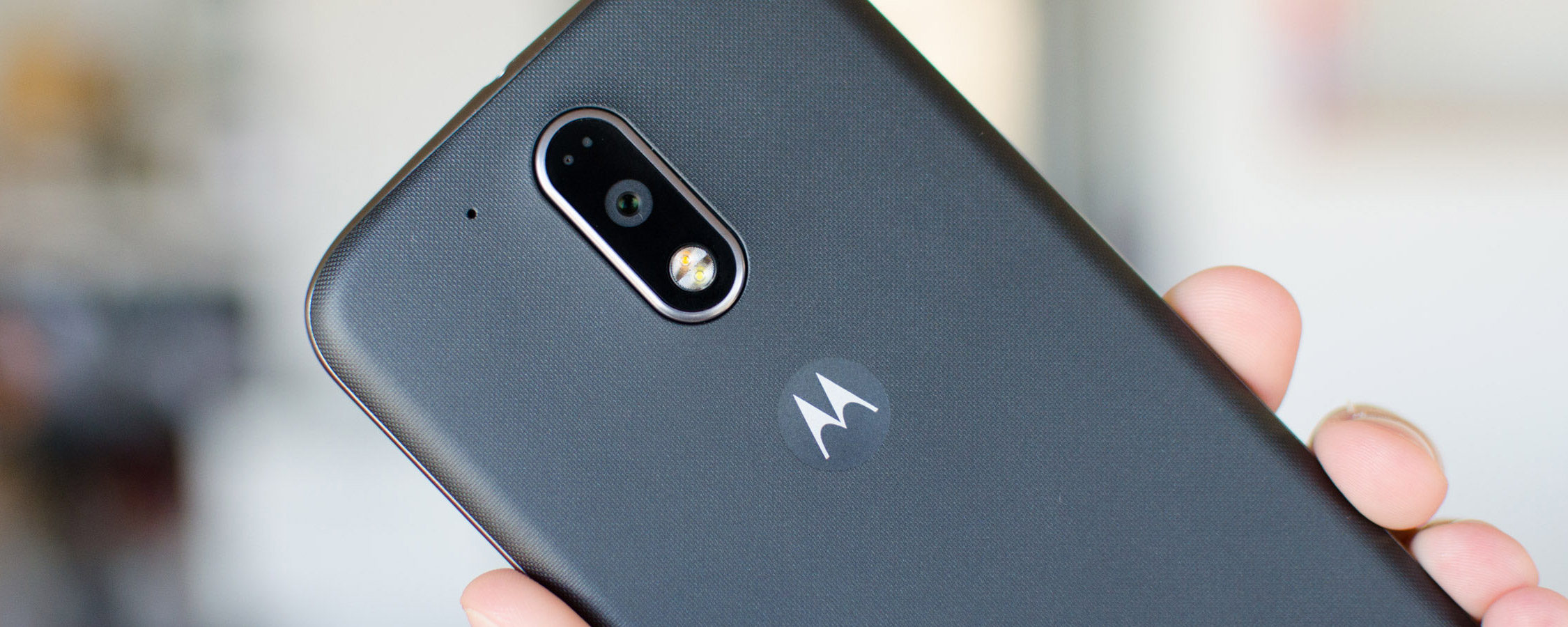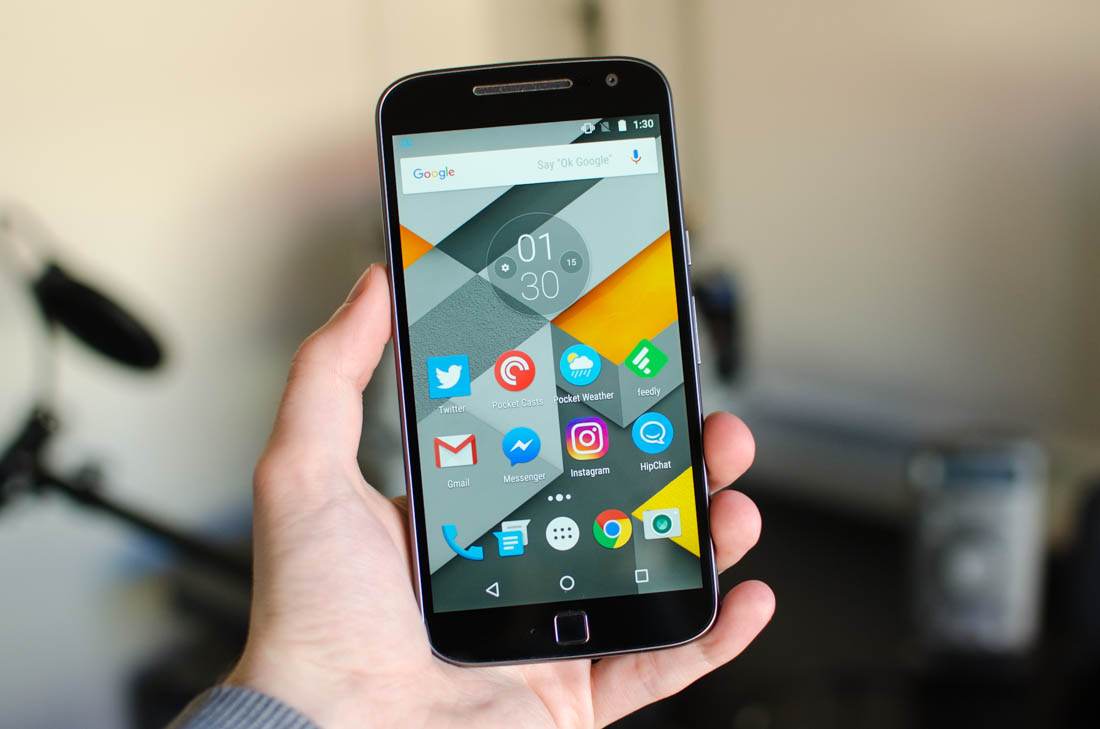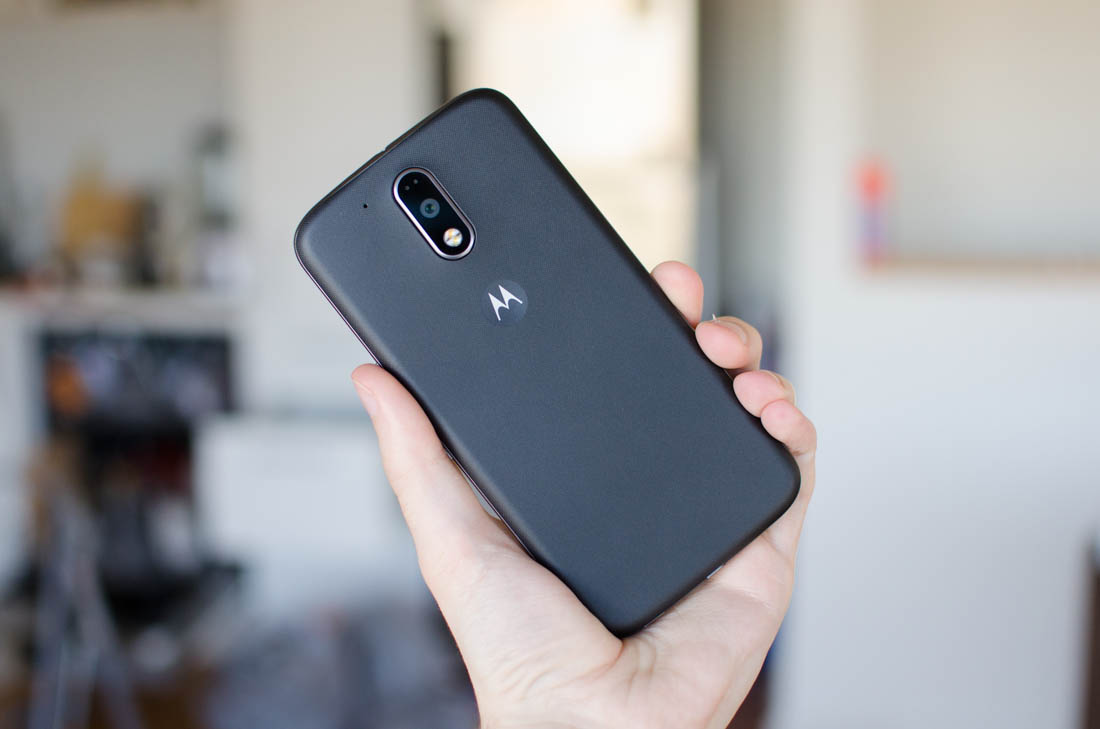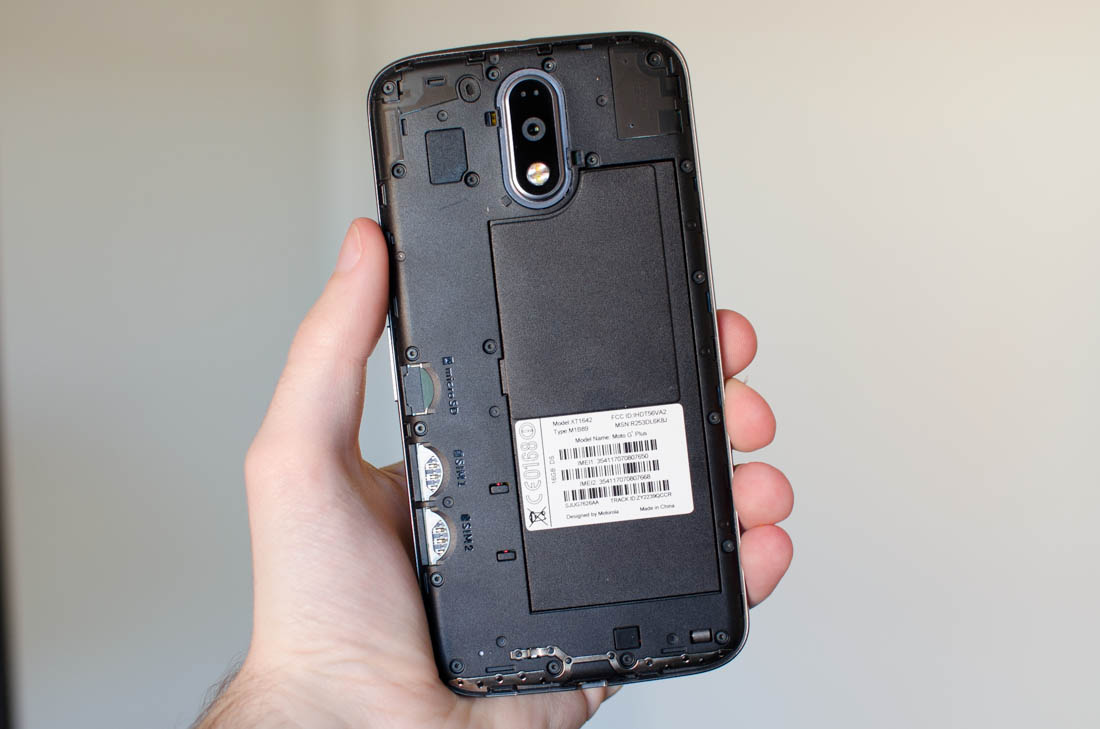In the past, I've had no trouble recommending Motorola's Moto G line for those after a fantastic budget smartphone. Even now, the 2015 Moto G is still a great choice, as it delivers solid performance and a decent camera in a cheap, stock Android package. Up against products that feature great spec sheets but aren't optimized in the slightest, Motorola has historically delivered well rounded and dependable devices.
In 2016, Motorola has expanded the Moto G line to include three devices: the Moto G4, the Moto G4 Plus, and the Moto G4 Play. The new line-up is a little confusing, so let me explain it to you in dot-point form.
- The Moto G4 Play is the most economical handset, featuring a 5.0-inch 720p display. It's basically the same as the 2015 Moto G, except for a downgraded camera and larger battery. It's also not yet available.
- The Moto G4 is the middle child. It launched at a more expensive price than the Moto G 2015, but it packs better hardware, including a 5.5-inch 1080p display and Snapdragon 617 SoC.
- The Moto G4 Plus is very similar to the Moto G4. It uses the same display, same SoC, and has the same design. However it's more expensive as it upgrades the camera and includes a fingerprint sensor.
The phone I have on the test bench today is the Moto G4 Plus, which sells for $250. That's $50 more than the Moto G4 and almost pushing it from budget territory into mid-range. Perhaps more importantly, the G4 Plus is $70 more than the excellent 2015 Moto G, so Motorola is hoping the collection of hardware upgrades will be enough to tempt people into spending the extra cash.
There is no mistaking the Moto G4 Plus for a high-end handset. The phone is constructed from plastic, which gives it a lightweight but very generic feel. In the past I have forgiven Motorola for using plastic in their Moto G line, however I've since used the Meizu m3 Note which impressed me with its stunning metal build in a phone that costs less than the G4 Plus.
The rounded rectangular slab in the G4 Plus is thinner than its predecessor, but at 9.8mm thick it's not set to break any records. The back panel is slightly textured, yet it still manages to collect fingerprints that are noticeable in the light. The edges are comfortable though aesthetically uninspiring.
There's no longer a distinct curve to the rear of the Moto G, however the signature Motorola dimple, which is positioned in a comfortable location to assist with grip, has remained. The rest of the design has been simplified, and in my opinion this works against Motorola, as the Moto G4 Plus doesn't stand out from the crowd. Motorola phones previously used a more distinct design language, however the G4 Plus feels as though it has been turned into another generic Lenovo handset.
The good news is that the bad aspects to the Moto G4 Plus' design are mostly visual. This 5.5-inch handset is comfortable to hold and operate with one hand thanks to perfect power button placement and sensibly curved edges. The increased screen size makes the G4 Plus notably larger than the 2015 Moto G, which may disappoint those after a more user friendly 5.0-inch display, however the extra screen real estate does improve the multimedia experience.
Aside from the Motorola dimple, the back panel includes a reasonably ugly camera array that includes a two-tone LED flash and a hidden laser autofocus system. All the hardware is there, though the raised section that includes it all is a visual regression coming from the 3rd-gen Moto G.
The plastic back panel can be removed, revealing two micro-SIM slots and a microSD card slot. There's no removable battery although with three slots I can understand why Motorola chose a removable back rather than a large tray. While nano-SIM is now the SIM standard, rather than micro-SIM, the Moto G4 Plus actually includes nano-to-micro adapters for those with newer SIM cards.
On the front of the Moto G4 Plus is the display protected by Gorilla Glass 3. Above the display is the location of the single speaker, which acts as both the in-call speaker and the loudspeaker for ringtones and media. It's great to see a front-facing speaker here, even if it isn't a stereo setup, the quality is surprisingly respectable.
Below the display is one of the features unique to the Moto G4 Plus: the fingerprint sensor. The performance of the sensor is good - it's not the fastest I've used, but it's accurate - however I'm not a fan of the design. Rather than featuring an inset sensor (like the OnePlus 3 and iPhone 6s) or a large sensor that doubles as a home button (like the Samsung Galaxy S7), the G4 Plus uses a small square sensor with a noticeable rim. The rim makes it easy to find the sensor, however the way it protrudes is neither comfortable nor visually appealing.
I also kept trying to press the fingerprint sensor like it was a home button; it's not, and only acts as a security device. The Moto G4 Plus uses on-screen navigation buttons, so this can take some time to get used to.
Around the edges of the handset you'll find a 3.5mm headphone jack on the top, the power and volume buttons on the right-hand edge, and the micro-USB port on the bottom. Nothing too special to see here.






